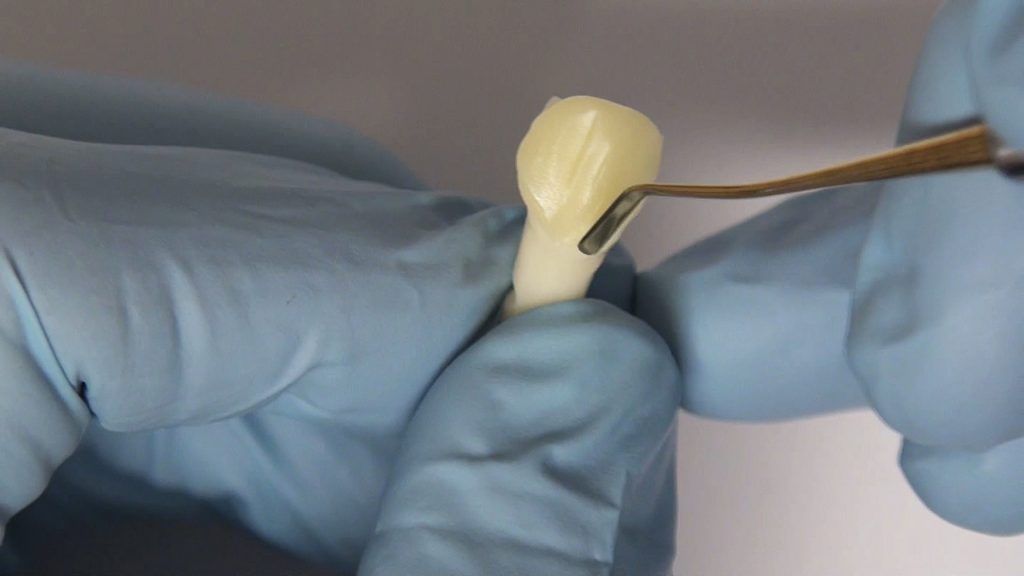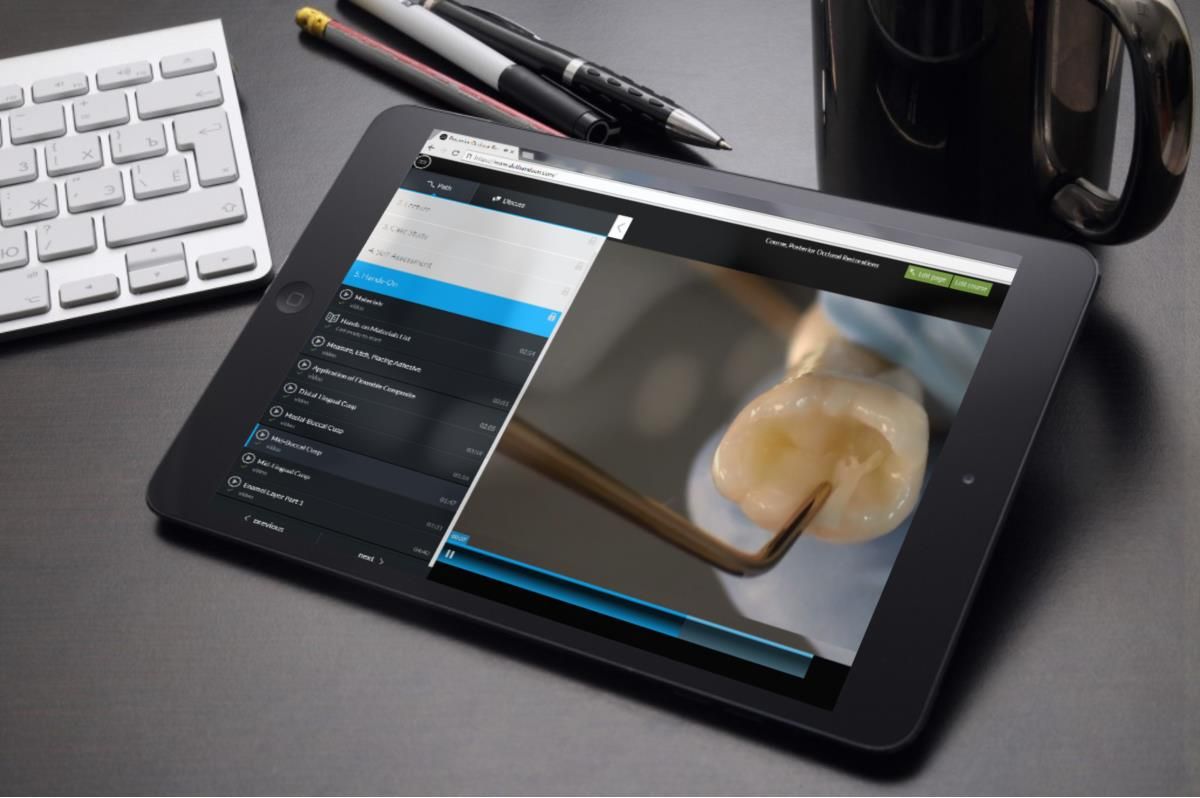
I hate to admit it—I mean I really hate to admit it—but I graduated from dental school 30 years ago. I mean I have to sit down when I say this, and I don’t mean that I’m too old to stand, I just can’t believe it. It’s just shocking to me how fast 30 years go; I know if you do the math it’s something like a trillion seconds, or as a Michigan football fan, only one National Championship (please, no emails from Ohio State fans). I graduated from the University of Michigan School of Dentistry in 1988. When I graduated dental school, we were still allowed to do gold foil restorations for our clinical board exams (NERBS). For those of you who are unfamiliar with the gold foil restoration, let me explain how to do it: 1) drill very precise cavity preparation, 2) heat up a ribbon of gold with Bunsen burner flame, 3) place the warmed gold foil into tooth cavity preparation, 4) use mallet (i.e. hammer) and blunt instrument to ‘tap’ the gold foil into cavity preparation, 5) repeat warming and malleting the gold foil, 6) burnish the gold aggressively and polish, 7) refer patient to endodontist for pulp therapy (just kidding, well, mostly just kidding).
When I graduated, amalgam and gold were king since glass ionomer and composite materials where just coming into the marketplace. Here’s another good story about dental school in the 1980s: when we were placing composites, we were allowed to etch the enamel with phosphoric acid but absolutely were not to allow the phosphoric acid to touch the dentin. We were taught that etching dentin with phosphoric acid would kill the pulp (even though the total etch technique was being taught in Japan). You have to consider that the same instructors who were telling us to heat up gold and pound it into the tooth were fearful that etching dentin with phosphoric acid would kill the nerve! Ahhh, the good old days (in my next blog I’ll relate how we used to use leeches to cure gum infections)! One more thing—dental implants were just coming into our vision. I remember observing a surgery at Michigan where the surgeons were placing trans-mandibular implants. The implants literally exited thru the inferior border of the mandible where an incision under the chin allowed the surgeon to engage the end of the implant (think nut and bolt).
So, what’s this all mean? Here’s the reality—teaching and learning dentistry 30 years ago was a lot easier. We had only a few restorative materials—gold, amalgam, and porcelain-fused-to-metal crowns. As students, we had to learn every aspect of these materials, but the number of techniques to learn was very limited. Consider today’s dental education environment—many schools still teach amalgam and gold, plus they are teaching anterior and posterior composites, porcelain-to-metal restorations, anterior and posterior all-ceramic restorations, CAD-CAM, placement and restoration of implants, all the removable techniques, periodontal surgical techniques, bone grafting, and oral surgery procedures. I’m sure there is more but I’m running out of ink for my typewriter. Also keep in mind that the patients that our students treat have higher expectations of the esthetics of their dentistry (like they do in our practices), so the challenges for the contemporary dental student, and dental schools, are enormous.

Here is where Dental Online Training (DOT) fits in. With DOT, dental students are able to fill in the voids in what they learned in dental school. Too often a dental student learns a restorative technique in the preclinical lab in their first or second year of school, but they may not need to use that technique until a couple of years later. Imagine that you are a senior dental student placing a resin-fiber post in an endodontically treated maxillary central incisor – it’s the first time that you are going to place a post on a living human being, and the preclinical course you took was two years ago! Feeling pretty confident about bonding in that post and doing the core build-up? Heck no! But DOT can help.
The lecture portion of DOT reviews the current state-of-the-art materials and bonding techniques, plus issues such as ferrule and when a post is necessary so the student can have a firmer understanding of when to use a post for an endodontically treated tooth. Here is what makes DOT different from any other online program: you get the materials to practice the technique that you’ll be doing in the patient’s mouth. Imagine how much higher the student’s confidence will be when sitting down with their patient. They can honestly state when the patient asks if they’ve done this technique before— “Sure, I just did the same technique the other day” … then they turn their head to the camera, wink, and say “Thanks DOT!”, big smile, then fade to black. But seriously, I remember doing my first post and core in dental school—it was scary. I remember that I didn’t know what post to use and, in fear of appearing incompetent with the faculty, I relied on my fellow students (because cumulatively they had done maybe two between them). Obviously, a bad decision. Once I started working on the patient, I had to lean on the faculty, but how much better off would my patient have been, if I had ‘rehearsed’ the procedure the day before? How much more confident would I have been when speaking to my instructor?
DOT is meant to guide the inexperienced dentist in the art and science of dentistry. From restorative techniques to clinical photography to opening vertical dimension, Dental Online Training is a resource for dental students to expand on their knowledge base from dental school. With close-up video documentation demonstrating step-by-step techniques broken in to small learning modules, DOT understands how the new dentist learns best.
Yours for better dental, and mental, health,



